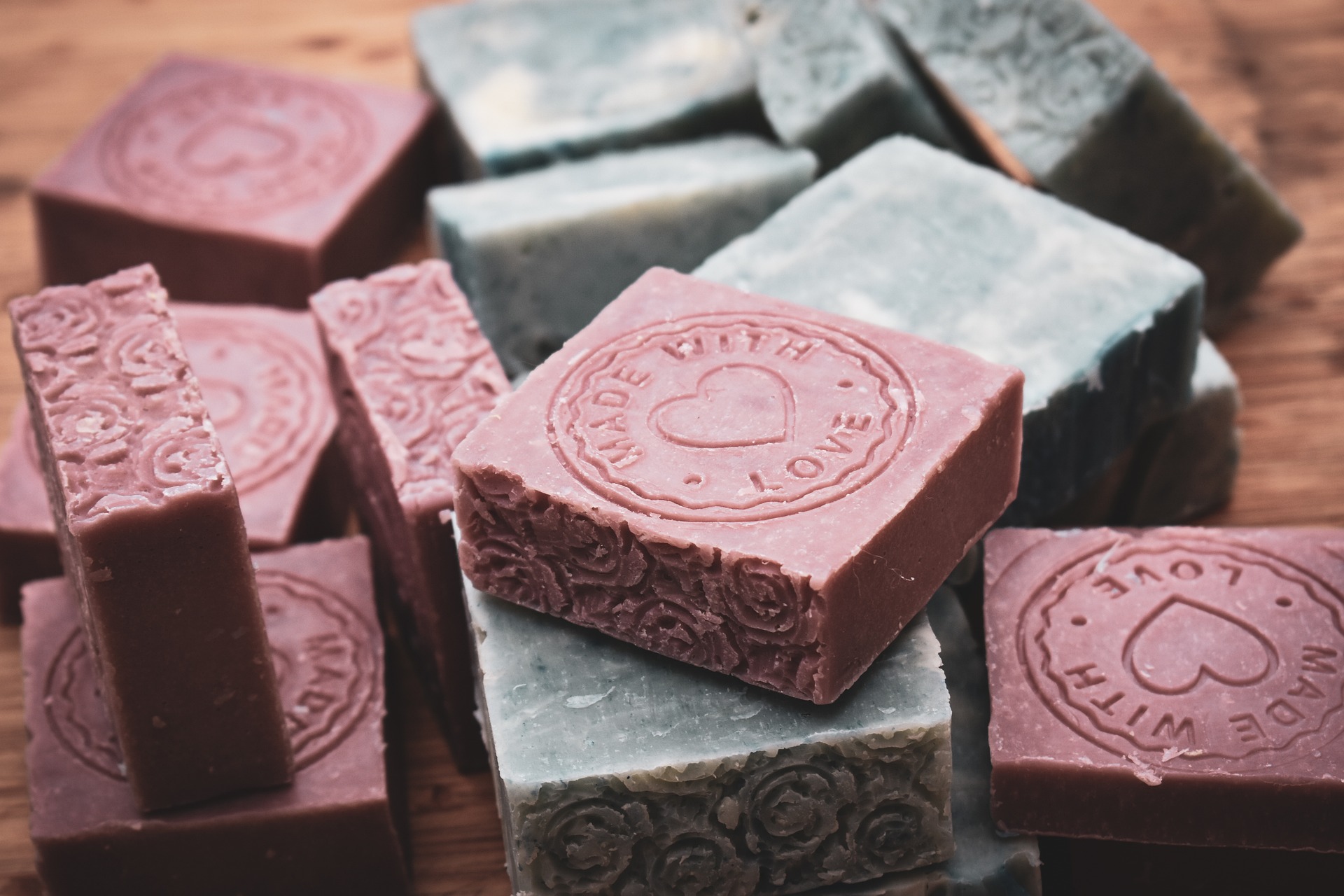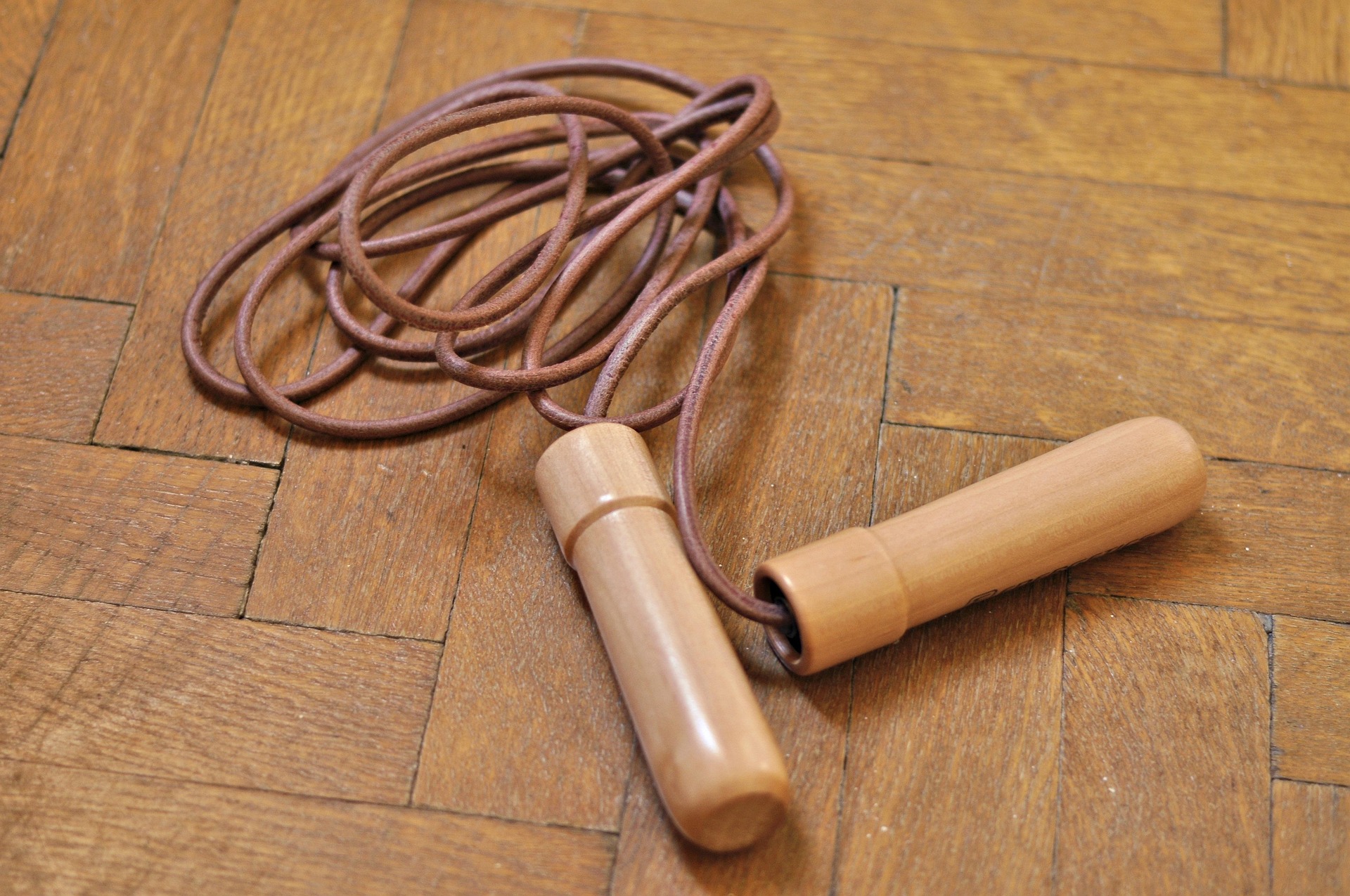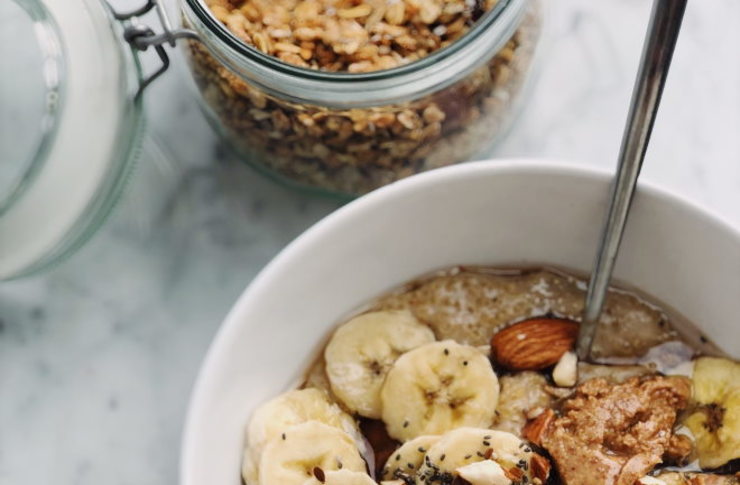The Elegance of K-Beauty: A Dive into its Origins and Modern Influence
Korean Beauty, fondly known as K-Beauty, has its roots deep in the history of this culturally rich nation. The Joseon dynasty (1392-1910) is often credited with cultivating a beauty culture that was a blend of refined elegance and natural simplicity. Royal women favored a flawless, porcelain complexion, accentuated by the use of natural ingredients like rice water and ground mung beans.

As years passed, the Koreans began to experiment with ingredients and techniques that were more advanced, yet still deeply rooted in their history. Ginseng, fermented ingredients, and hanbang (traditional Korean medicine) became staples in their beauty regimens. The emphasis on a holistic approach to beauty, where diet, skincare, and lifestyle intertwine, has been a key differentiator of K-Beauty.
The Meteoric Rise of K-Beauty
In the past decade, K-Beauty has seen a meteoric rise in global popularity. Its innovative products, meticulous routines, and the promise of a youthful, radiant complexion have captivated audiences worldwide.
One of the defining characteristics of K-Beauty is its emphasis on skin health. Unlike many Western beauty philosophies that focus on covering imperfections, K-Beauty aims to nourish and heal the skin, creating a naturally flawless canvas. This has led to a shift in the industry, with many brands globally embracing this preventative and restorative approach.
The K-Beauty Impact: Products and Routines
From sheet masks to snail mucin, K-Beauty has introduced an array of unique products that have revolutionized the beauty industry. Perhaps the most iconic is the 10-step skincare routine, which emphasizes layering products to achieve optimal hydration and nourishment.
Although this comprehensive routine may seem daunting, it underscores the importance of taking time to care for one’s skin – a sentiment that resonates with the self-care movement of recent years.
Decoding the Science Behind K-Beauty
The appeal of K-Beauty isn’t just superficial. There’s a solid scientific basis for these products and routines. Fermented ingredients, for instance, are broken down into smaller molecules during the fermentation process, making them more easily absorbed by the skin.
Similarly, the use of snail mucin, a popular K-Beauty ingredient, is backed by studies showing its ability to stimulate the production of collagen and elastin, leading to improved skin texture and elasticity.
K-Beauty: The Future
K-Beauty’s influence shows no signs of slowing down. As consumers continue to prioritize self-care and skin health, the demand for innovative, high-quality products that deliver results is expected to grow.
Moreover, K-Beauty’s commitment to sustainability, with brands like Innisfree and AmorePacific investing in eco-friendly packaging and practices, is likely to resonate with the increasingly environmentally conscious consumer.
By offering a potent mix of tradition, innovation, and results, K-Beauty has earned its place as a major force in the beauty industry. Through its emphasis on holistic wellness, meticulous skincare routines, and innovative products, it’s not just transforming skin – it’s reshaping the way we think about beauty and self-care.




